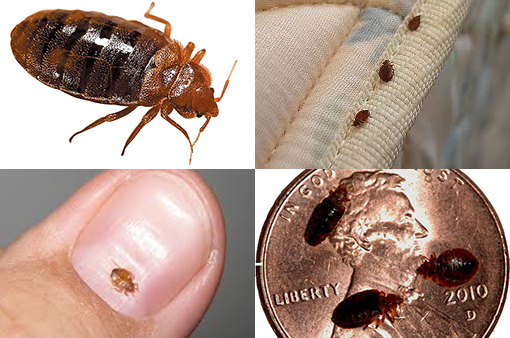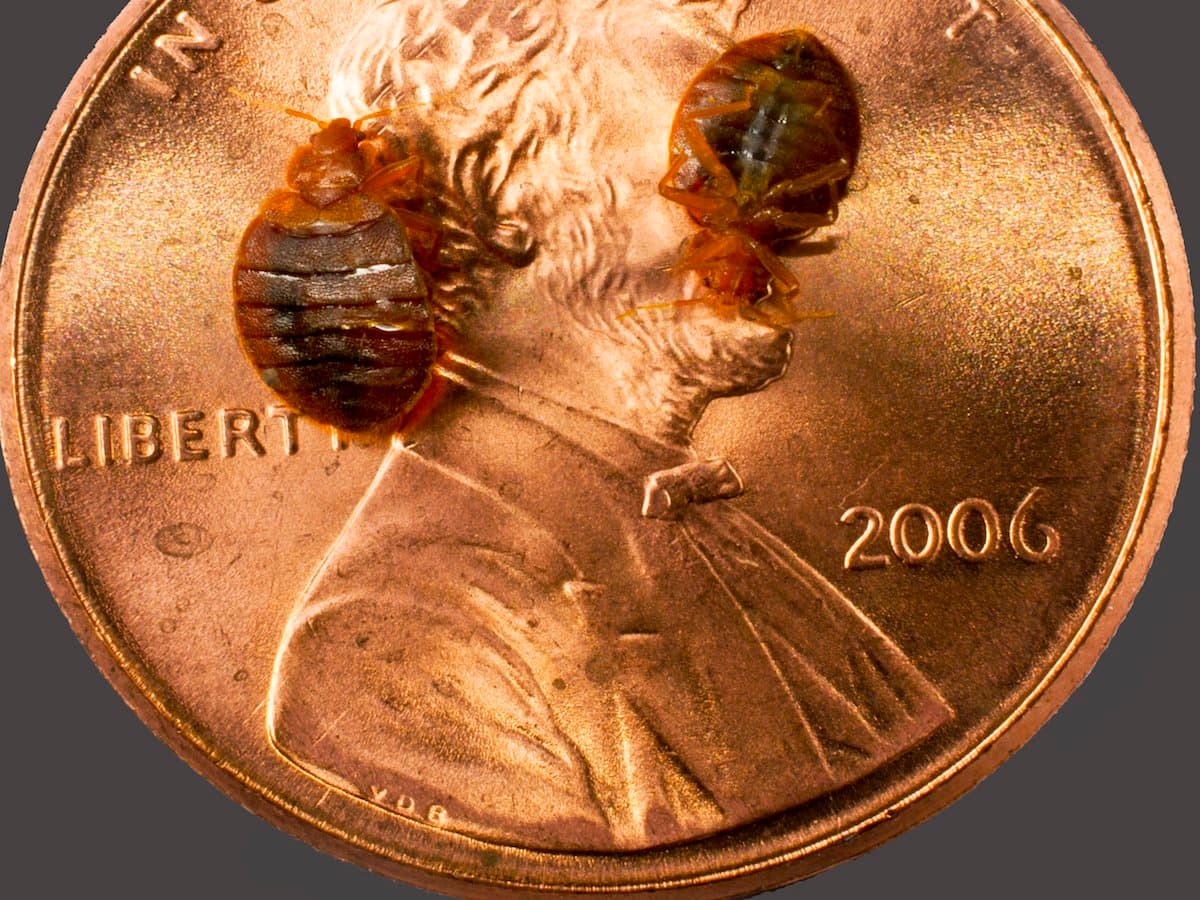A1 Bed Bug Extermination Houston: Expert Providers
Recognizing the Lifecycle of Parasites for Targeted Control Strategies
Understanding the lifecycle of parasites is an essential facet of efficient parasite administration techniques. Through a much deeper understanding of exactly how pests thrive and progress, customized control approaches can be made to resolve details points in their lifecycle, ultimately leading to more effective parasite monitoring results.
Significance of Understanding Pest Lifecycle
Comprehending the lifecycle of pests is necessary for establishing efficient and targeted control techniques in pest monitoring. By comprehending the various stages a bug experiences from egg to adult, pest control experts can recognize weak spots in the lifecycle where intervention can be most effective. For circumstances, knowing when larvae are most active can aid establish the ideal timing for applying larvicides. Furthermore, understanding the life expectancy of an insect varieties can aid in anticipating populace development patterns and possible infestation risks.
Furthermore, recognizing the particular environmental conditions necessary for every phase of the insect's lifecycle can lead choices on environment modification or exemption methods to interfere with the lifecycle and decrease bug populaces. This knowledge enables pest administration experts to execute aggressive procedures as opposed to relying entirely on responsive treatments, leading to even more sustainable and long-lasting pest control options. Inevitably, a detailed understanding of bug lifecycles encourages parasite control professionals to customize their approaches properly, decreasing ecological influences and making the most of control results.
Key Stages in Insect Advancement
To successfully implement targeted control techniques in insect management, a critical facet hinges on adequately identifying and understanding the key phases in pest growth. Insect growth normally includes a number of vital phases that are important for their lifecycle and management. The very first phase is the egg stage, where parasites lay eggs that later hatch out right into larvae. Larvae then advance right into pupae, a stage where they go through transformation before emerging as grown-up bugs. Comprehending these phases is essential as it assists in pinpointing weak spots in the lifecycle where control measures can be most efficient.

Susceptabilities in Insect Lifecycle
Throughout the various phases of a pest's lifecycle, distinctive susceptabilities emerge that can be strategically targeted for efficient control actions. One critical susceptability exists in the egg phase, where bugs are often more at risk to specific pesticides or organic control representatives as a result of their soft outer covering, making them less complicated targets for intervention. Additionally, the nymph or larval phase provides susceptabilities as bugs go through rapid growth and advancement, requiring high power consumption that can be exploited by interrupting their food resources or introducing growth preventions. Pupal phases, identified by immobility and transformation, provide a home window for targeted control through physical obstacles or particular treatments that prevent successful appearance. Finally, adult parasites, while extra resilient as a result of their reproductive capacity, can still be vulnerable during breeding or egg-laying tasks, which can be disrupted via pheromone catches or sterilization methods. Understanding these susceptabilities in the bug lifecycle is important for developing exact and effective control techniques that successfully handle insect populaces while lessening ecological impact.
Applying Targeted Control Actions

Applying targeted control steps normally involves a multi-faceted method. This may include habitat alteration to make the atmosphere less congenial to parasites, such as getting rid of standing water for mosquito control or securing access factors for rodents. Furthermore, organic control methods can be used, where natural killers or microorganisms are introduced to maintain parasite populations in check.
Integrated Bug Administration (IPM) methods that incorporate various control measures in a worked with and sustainable way are typically the most effective in achieving lasting bug monitoring objectives. By executing targeted control procedures based on a thorough understanding of insect lifecycles, parasite populations can be effectively controlled while lessening threats to human wellness and the environment.
Improved Parasite Management Practices

Furthermore, the consolidation of organic control agents, such as all-natural killers or pathogens of bugs, can assist lower reliance on chemical pesticides and promote a much more balanced ecological community. Executing physical obstacles and traps can likewise become part of enhanced pest administration methods, providing safe and targeted remedies for insect control. Additionally, making use of scents and various other semiochemicals can interrupt pest breeding patterns and communication, bring about reduced insect populations over time.
Verdict
Finally, understanding the lifecycle of bugs is essential for reliable bug monitoring methods. By determining essential stages in bug development and susceptabilities in their lifecycle, view publisher site targeted control measures can be implemented to reduce insect populations. Improved parasite monitoring practices can assist minimize the reliance on broad-spectrum pesticides and promote more environmentally pleasant and sustainable bug control techniques. This expertise plays an essential duty in preserving healthy and balanced environments and farming productivity.
Comprehending the lifecycle of parasites is important for developing efficient and targeted control methods in pest monitoring. By comprehending the different phases an insect goes through from egg to adult, pest control professionals can recognize prone points in the lifecycle where intervention can be most effective. Ultimately, an extensive understanding of pest lifecycles empowers bug control experts to customize their techniques efficiently, minimizing environmental impacts and optimizing control outcomes.
By carrying out targeted control measures based on a complete understanding of parasite lifecycles, bug populaces can be properly regulated while decreasing risks to human health and wellness and the atmosphere.
By determining vital phases in bug growth and susceptabilities in their wikipedia reference lifecycle, targeted control procedures can be carried out to reduce bug populations.